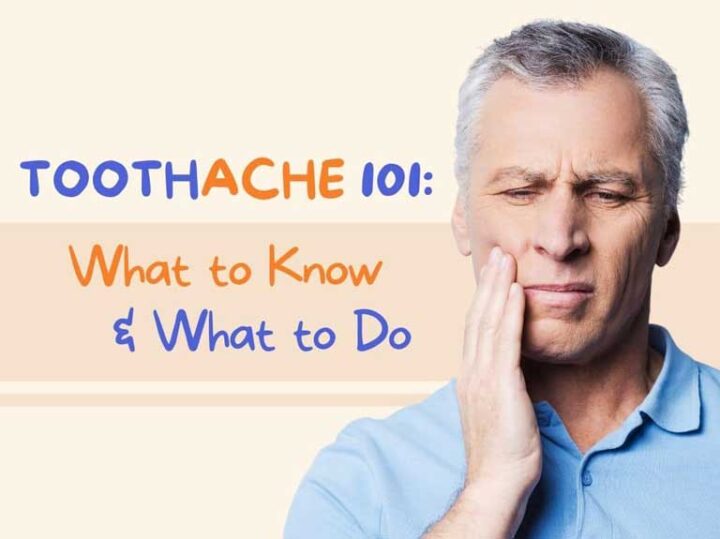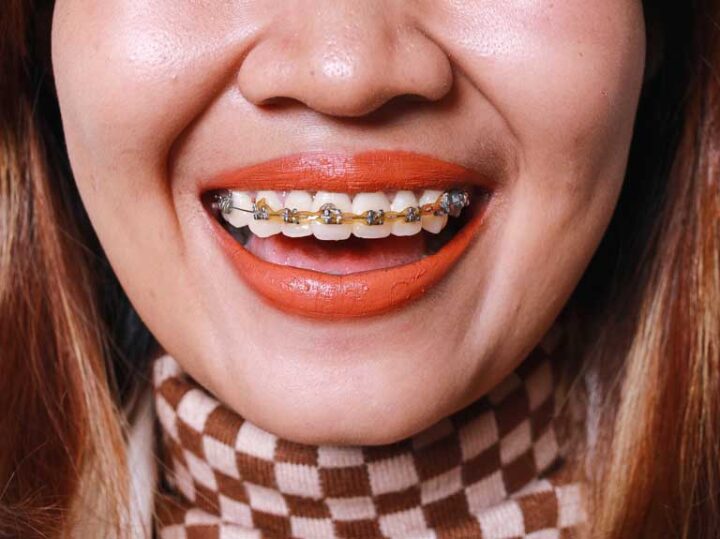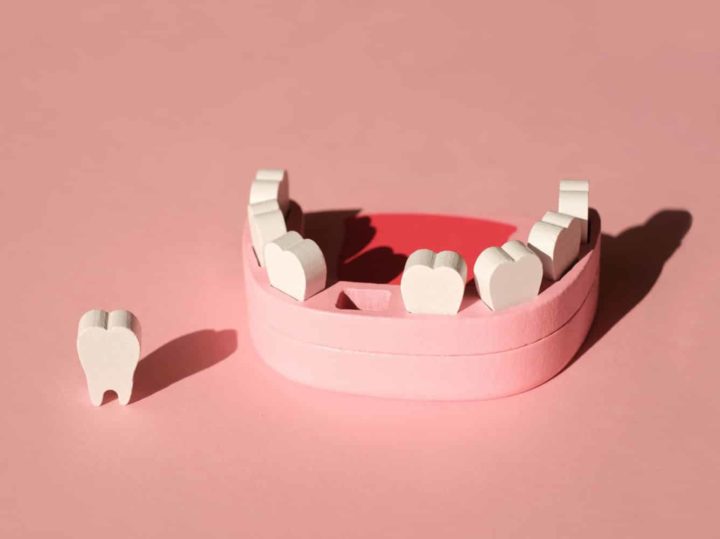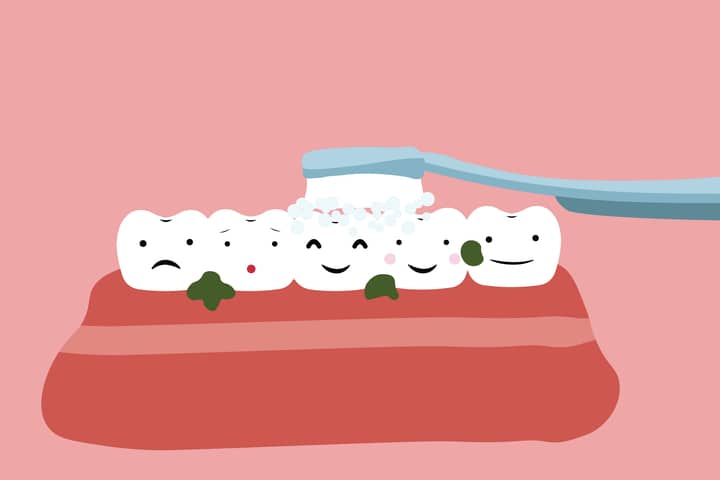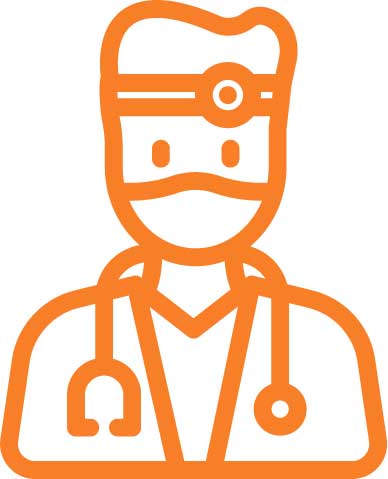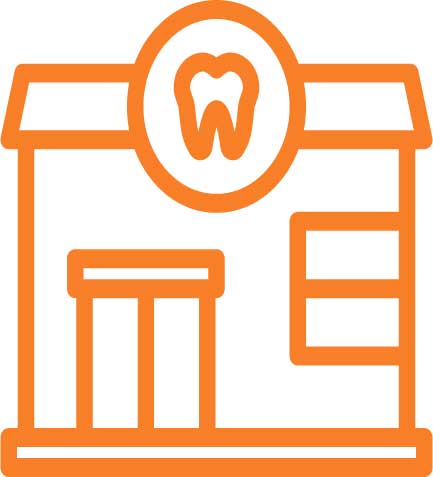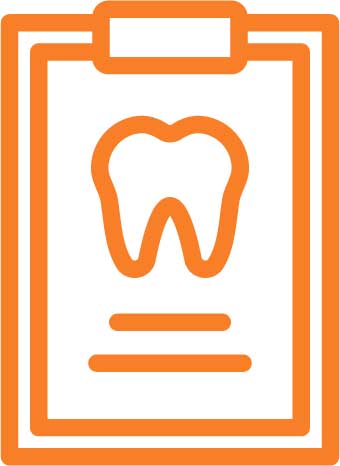
Are you concerned about your child’s teeth and would like to know more about orthodontic options? Dr Thushala Ubaya delves into Orthodontics for children and identifies red flags to look out for.
As every child grows and develops from childhood to young teenagers, a common consideration for parents and children is whether orthodontic treatment is needed to help patients achieve a beautiful smile and good oral function. But when would be the right time for orthodontics?
An orthodontic assessment and orthodontic treatment can be done at any age once sufficient adult teeth start appearing in the mouth. The ideal time would be when all the baby teeth have been lost, usually around 11-12 years. However, some children lose their baby teeth sooner and early assessment can be beneficial, especially if there are developing jaw problems or thumb-sucking habits.
Early evaluation provides timely detection of problems and a greater opportunity for more effective treatment. Well-timed intervention guides growth and development, preventing serious problems later. When orthodontic intervention is not necessary yet, the patient can still be carefully monitored on their growth and dental development to begin orthodontic treatment when it is ideal.
If your child suckles on their thumb past the age of five, you may need to intervene because it is a probable sign of creating future dental problems that can only be corrected with orthodontic treatment. Untreated, this can cause narrowing of the upper jaw, protruding upper front teeth and an anterior open bite where the upper and lower front teeth do not meet at all and this comes with difficulties biting into foods.
Take a look at the appearance of your child’s teeth. Do they appear overcrowded? Are they starting to grow in a little crooked? Your child could begin complaining of discomfort if their adult teeth grow in at odd angles or are sticking out too much. They might feel concerned about their smile as well.
Human teeth are designed to fit snuggly yet all straight next to one another along the jaws in the mouth. Therefore, when there is crowding or crookedness, your child’s ability to chew food properly and perform proper oral hygiene diminishes greatly.
Is your child reluctant to smile? If so, then this could lead to serious and lasting emotional trauma. A recent study shows that approximately 90% of teenagers want to change something about their appearance. A significant contributor to that way of thinking is bullying, which happens about teeth frequently in schools and amongst peers. Another recent study showed that sticking out upper front teeth, a deep bite, crooked teeth or spacing around teeth are the most common tooth problems that children and teenagers are teased about.
A study in 2020 showed that dental problems influenced dating prospects amongst adults. For example, photos of people showing crooked/crowded teeth or missing teeth with spacing around their teeth were deemed less attractive and not chosen for dates compared with photos of people who showed straight, aligned teeth!
Orthodontic Problems:
- Crowding: Insufficient space for the teeth along with jaws leading to crooked teeth or teeth stuck in the jaws.
- Increased Overjet: Upper teeth protrude over the lower teeth. Often called, “Buck teeth”. Protruding upper front teeth are vulnerable to getting knocked or injured during sports and play activities.
- Deep Overbite: The upper teeth cover the lower teeth significantly, giving the appearance of an “overclosed” look.
- Underbite: The lower front teeth cover the upper front teeth in a reverse bite. This may be the result of a jaw growth discrepancy and/or tooth problem.
- Open Bite: The upper and lower front teeth do not meet at all. Often the result of a thumb sucking habit or could be due to the way the jaws are growing in the vertical dimension.
- Spacing: Teeth are too small or jaws are too large or there are missing teeth leading to space between teeth.
- Crossbite: Upper teeth and biting inside the lower teeth. This can often result in the lower jaw deviating in position on closing the mouth so as to avoid the crossbite then can lead to excessive atypical wearing of teeth due to the abnormal bite and jaw pain due to the atypical lower jaw movements.
Warning Signs your child should have an Orthodontic assessment:
- Crowding, misplaced or stuck teeth
- Protruding or sticking out teeth
- Teeth that meet in an abnormal manner or do not meet at all
- Jaws protrude or appear dished in
- Early loss of baby teeth or very delayed loss of baby teeth
- Difficulty in chewing or biting
- Finger/thumb sucking habits
- Deep bite where the lower teeth are biting into the roof of the mouth
- Jaws that shift into atypical positions on biting together
- Grinding or clenching of the teeth
Interceptive treatment (early intervention to correct a developing problem) is beneficial in:
- Lessening the severity of a dental problem, correcting any developing dental problems early on, therefore making orthodontic treatment at a later age less time consuming and simpler.
- Reducing the need to extract adult teeth in the future
- Reducing or eliminating the need for future jaw surgery
- Avoiding fracture of loss of protruding teeth due to being knocked/trauma
- Correcting adverse habits such as thumb/finger sucking
- Correcting crookedness of teeth
- Correcting crossbite, tooth grinding, tooth interference and lower jaw atypical positioning
- Extraction of baby teeth to allow for proper development of eruption of adult teeth
- Improving self-image
Book an appointment for further assessment and information on our Orthodontic treatments.

BDS (Hons) London, FDS Orth RCS (Edinburgh), M Orth RCS (Edinburgh), MSc (Orthodontics) (Glasgow)
Dr Thushala has over 20 years experience in dentistry and orthodontics. She has spent her professional career in the United Kingdom, including working in senior positions in the NHS and in private practice.


